A German house appears as a monolithic stone structure
A sculptural villa in the northern German town of Bielefeld is the latest offering by Titus Bernhard Architects
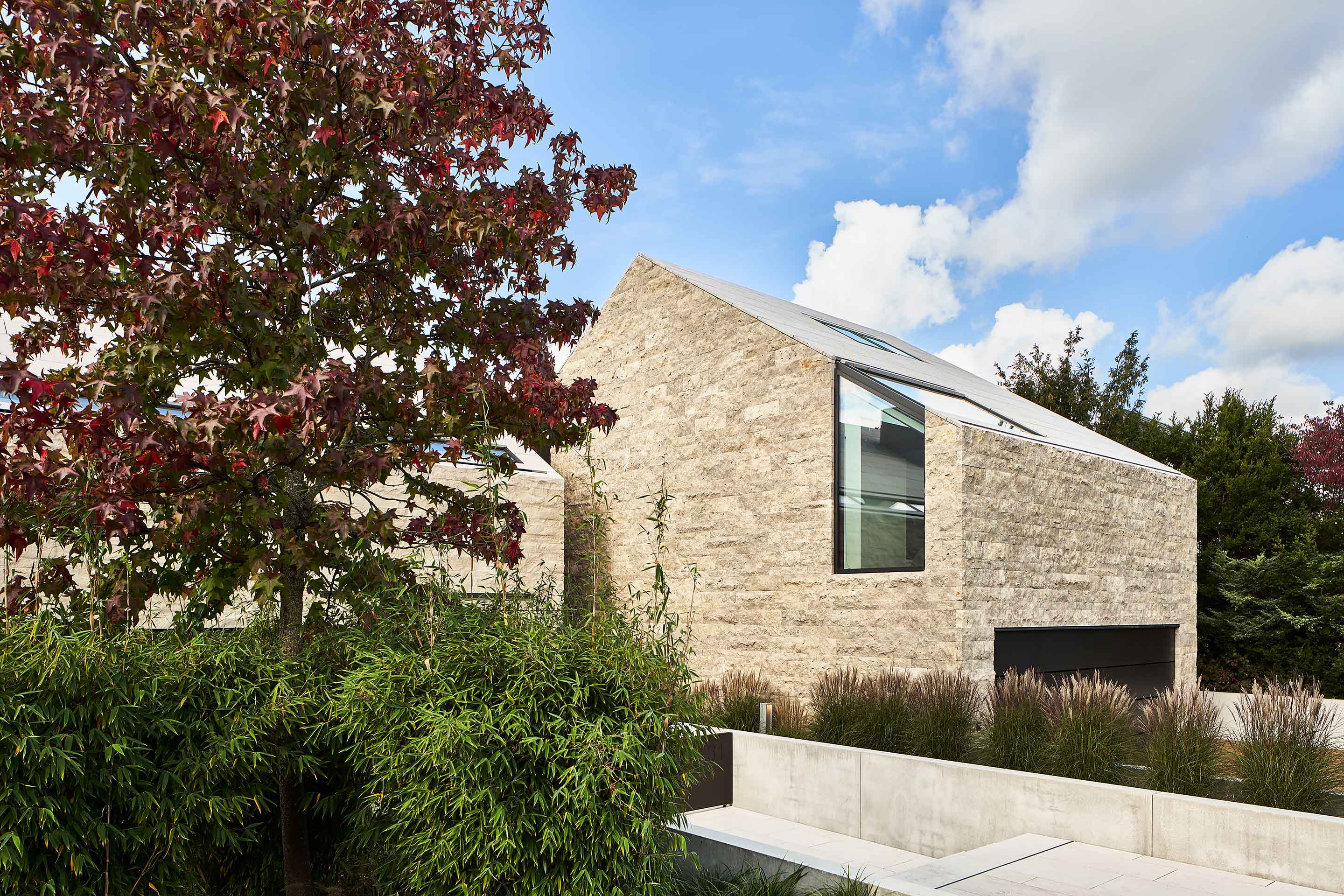
This new suburban villa in the northerly German town of Bielefeld is defined by its comprehensive use of natural stone, inside and out. Designed by Titus Bernhard Architects, the new German house is divided up into two distinct pitched roof volumes, a main residence and a separate garage with accommodation above. Each volume is clad in a different kind of stone; Dietfurt Dolomite for the main house and Wachenzeller Dolomite for the garage. Each stone is finished very differently, with the Dietfurt Dolomite offering lighter, rough, textured surfaces and the Wachenzeller Dolomite polished to a smooth, darker surface.
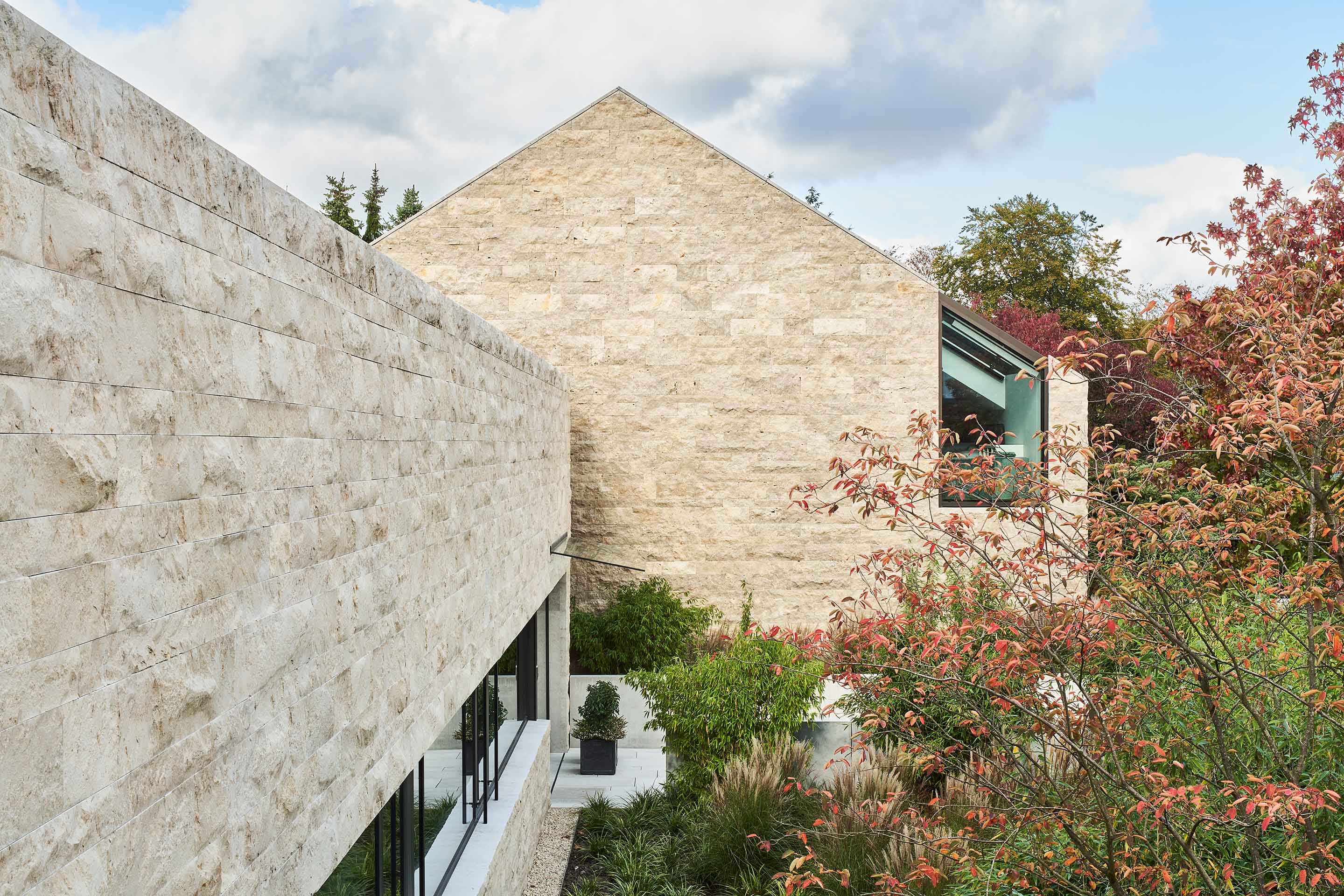
Back in 2016, the clients held an architectural competition to secure their designer, and Bernhard’s Augsburg-based studio beat four other studios to win the job. The volume of the new structure had to conform to local building regulations, which required a pitched roof. This is the only conventional element of the project; for within this envelope, the architects have pushed the design to its limits, with stone tiles that wrap around the façade and roof and large panes of frameless glass that abut the edges of the structure.
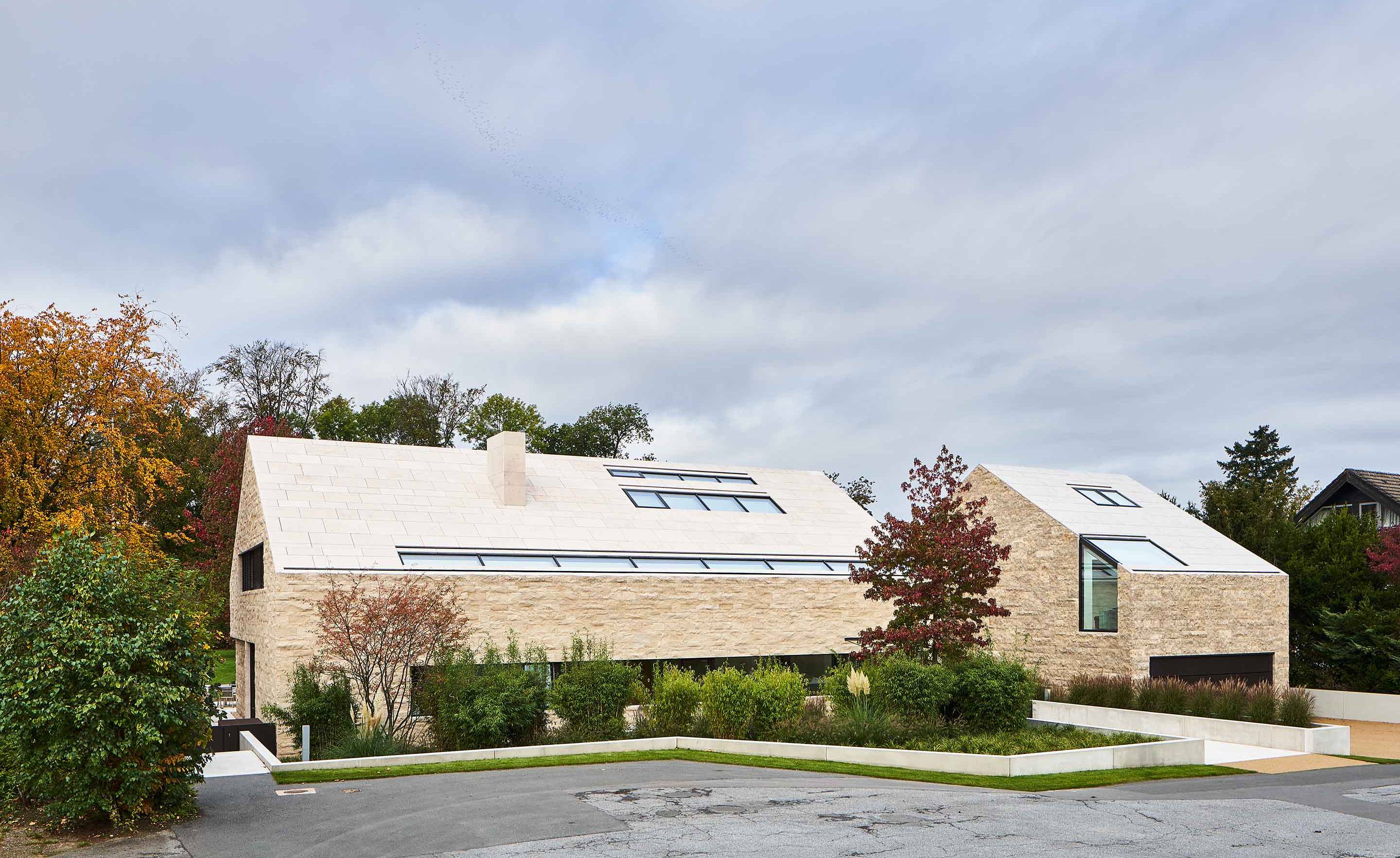
From the street façade, the house is relatively closed off and private, with the front door set down some steps behind a verdant front garden. The rear façade is more open, with a large first floor terrace leading from the main bedroom, with its separate sitting area. The ground floor layout is divided between a long entrance hall, stairwell and service space, and an open-plan living, sitting, eating, dining and kitchen area looking out on a wraparound stone terrace. A covered external seating area adjoins an informal family dining space, with a more formal dining room next to the sitting room, snug and library.

Internal floors are polished stone, with custom-made joinery and white walls in the kitchen, bedroom and circulation spaces, including the first floor gallery. Bernhard and his team have focused especially on the joints and intersections between different surfaces and angles. The façade includes concealed drainage slots set into the base of the roof slopes. Flush-mounted rooflights allow cascades of daylight to reach all the way down to the basement.
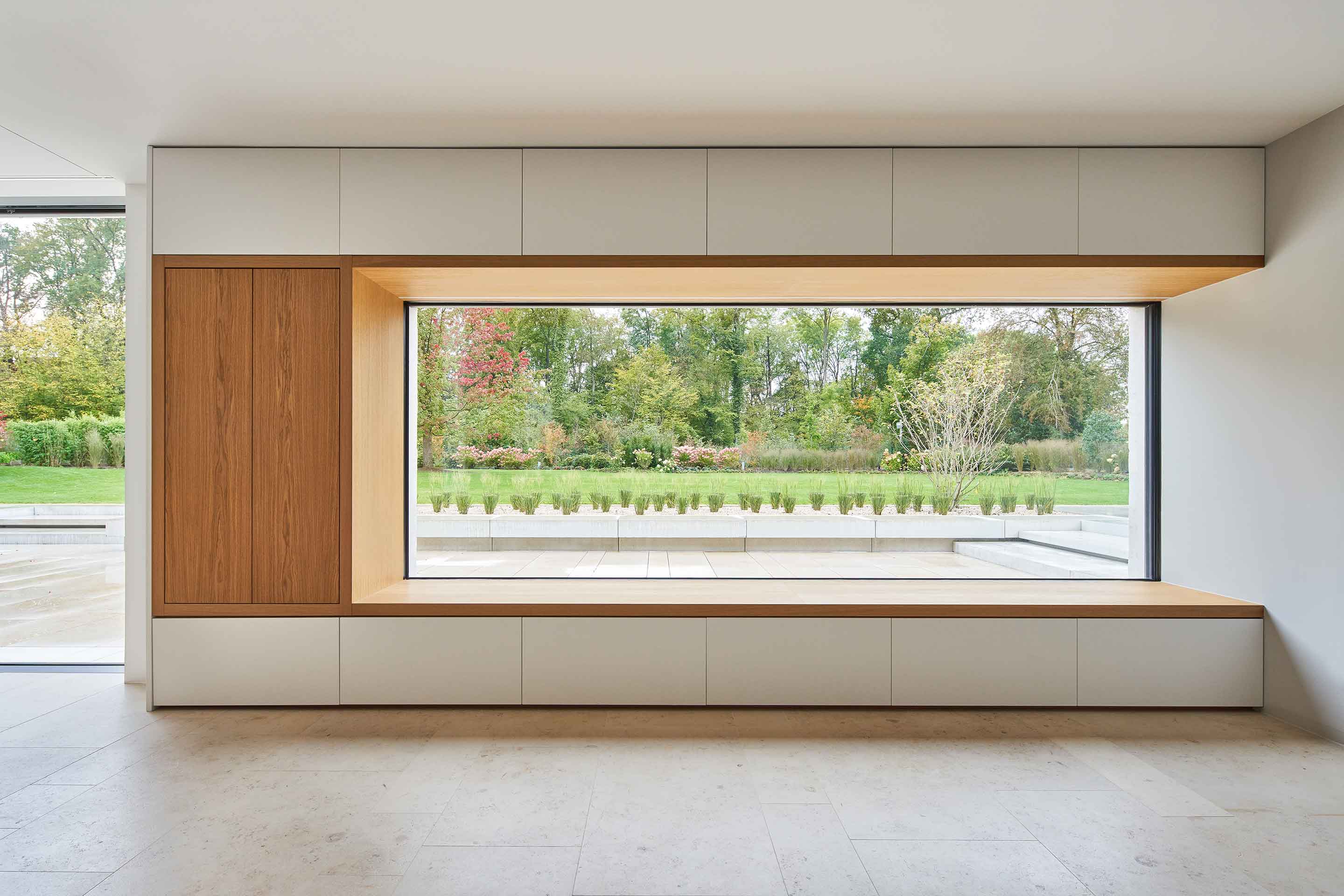
Titus Bernhard Architekten featured in Wallpaper*’s August 2005 Architects Directory. The practice was founded in 1995 and has won numerous awards, as well as taking part in two Venice Biennales.
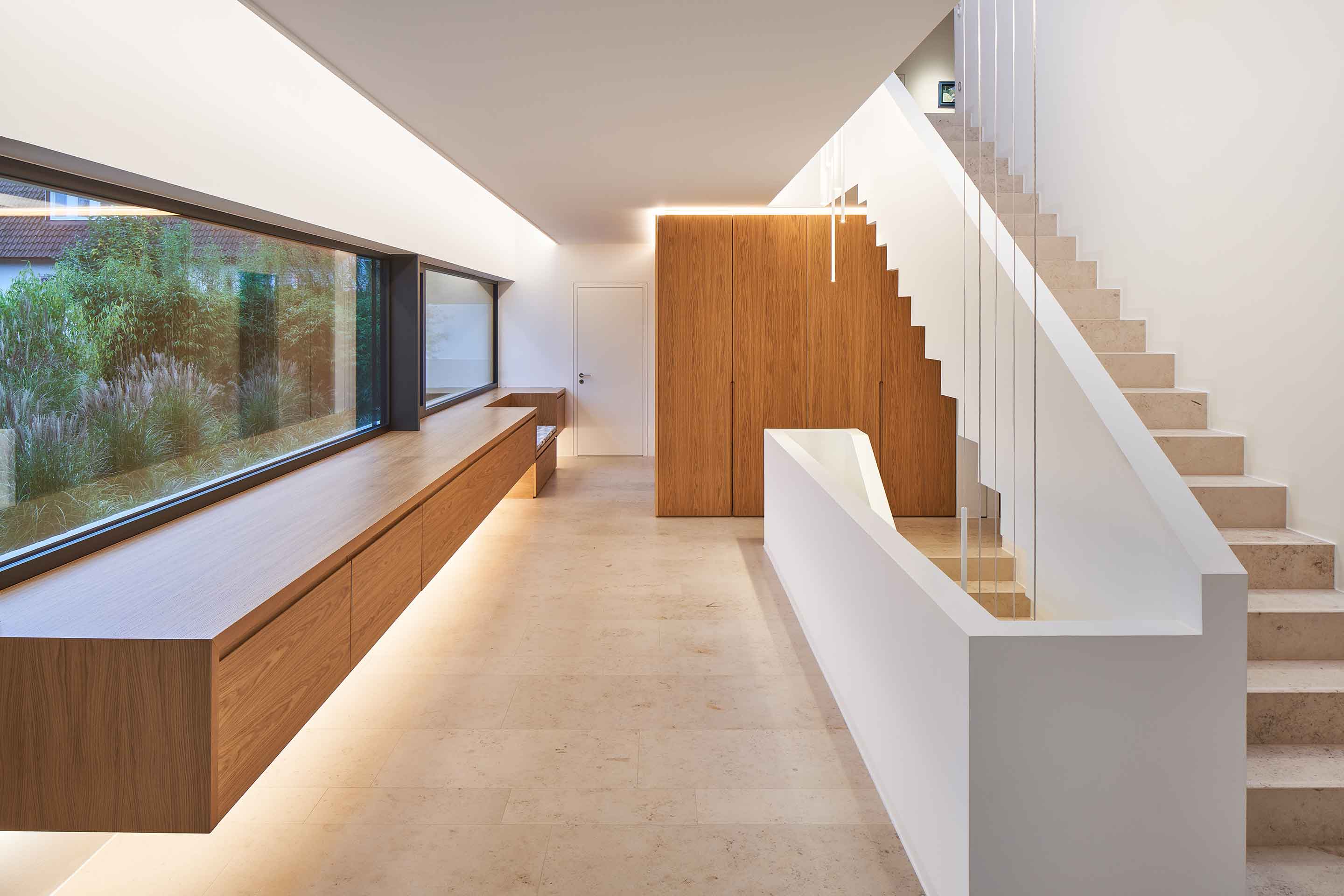

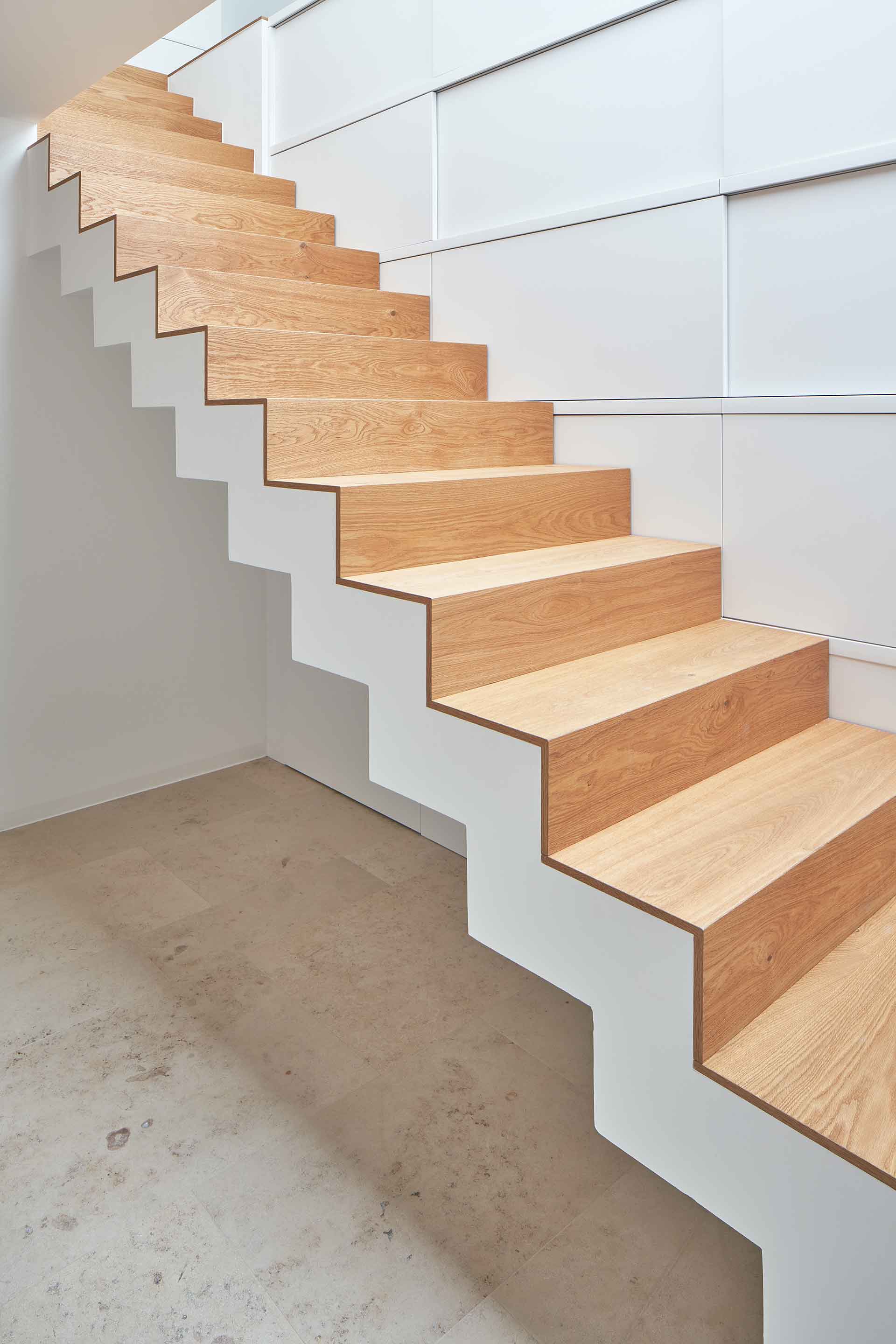
INFORMATION
Receive our daily digest of inspiration, escapism and design stories from around the world direct to your inbox.
Jonathan Bell has written for Wallpaper* magazine since 1999, covering everything from architecture and transport design to books, tech and graphic design. He is now the magazine’s Transport and Technology Editor. Jonathan has written and edited 15 books, including Concept Car Design, 21st Century House, and The New Modern House. He is also the host of Wallpaper’s first podcast.
-
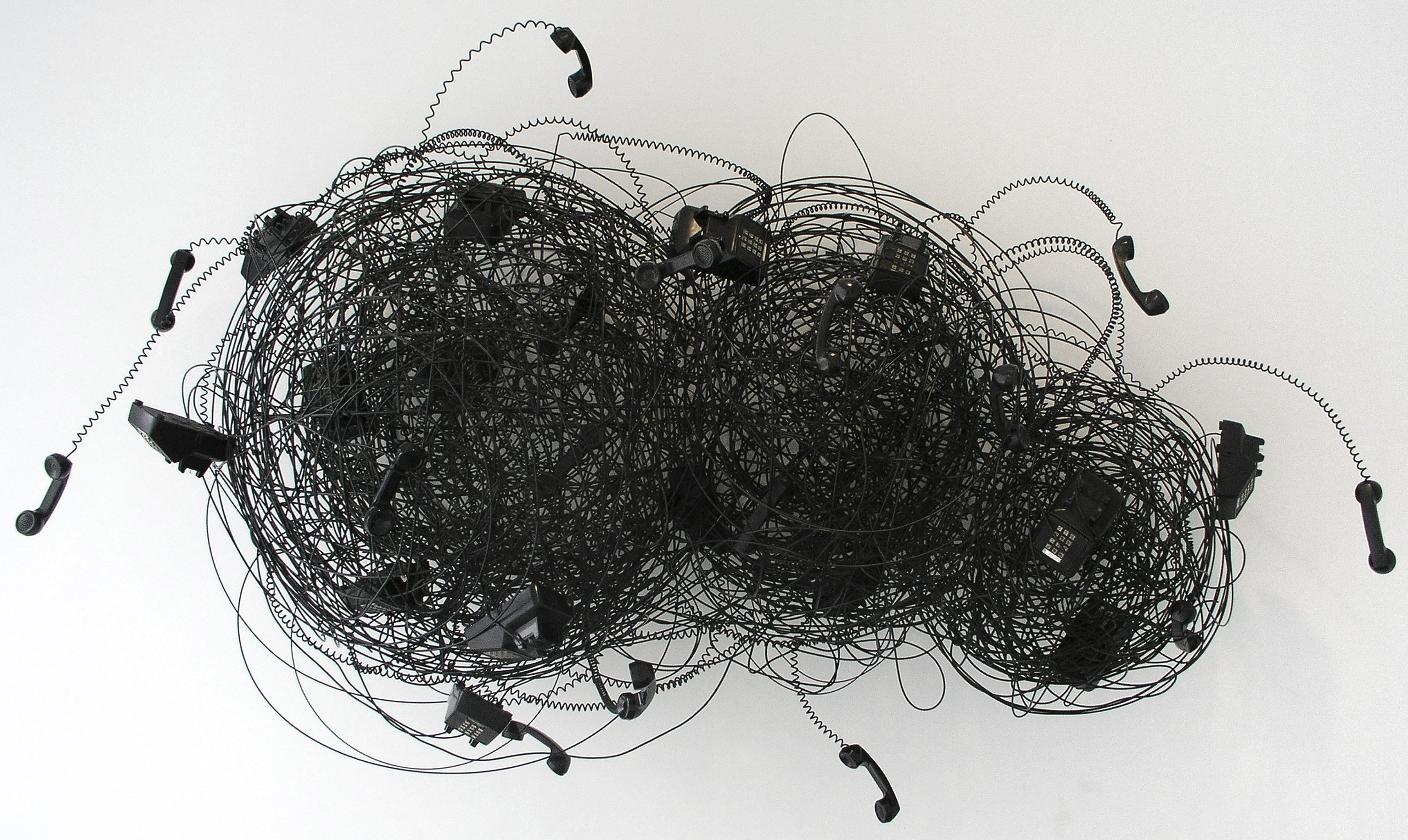 Robert Therrien's largest-ever museum show in Los Angeles is enduringly appealing
Robert Therrien's largest-ever museum show in Los Angeles is enduringly appealing'This is a Story' at The Broad unites 120 of Robert Therrien's sculptures, paintings and works on paper
-
 The Wallpaper* style team recall their personal style moments of 2025
The Wallpaper* style team recall their personal style moments of 2025In a landmark year for fashion, the Wallpaper* style editors found joy in the new – from Matthieu Blazy’s Chanel debut to a clean slate at Jil Sander
-
 Tokyo’s most cinematic stay reopens as an exercise in architectural self-control
Tokyo’s most cinematic stay reopens as an exercise in architectural self-controlPark Hyatt Tokyo and Studio Jouin Manku demonstrate how design can evolve without erasing memory, balancing modernist heritage with contemporary comfort
-
 Doshi Retreat at the Vitra Campus is both a ‘first’ and a ‘last’ for the great Balkrishna Doshi
Doshi Retreat at the Vitra Campus is both a ‘first’ and a ‘last’ for the great Balkrishna DoshiDoshi Retreat opens at the Vitra campus, honouring the Indian modernist’s enduring legacy and joining the Swiss design company’s existing, fascinating collection of pavilions, displays and gardens
-
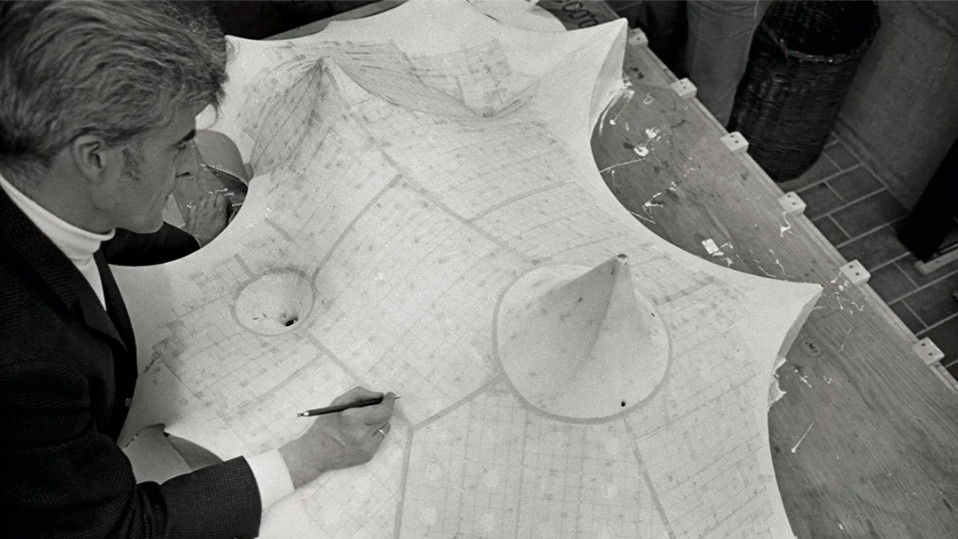 A new book delves into Frei Otto’s obsession with creating ultra-light architecture
A new book delves into Frei Otto’s obsession with creating ultra-light architecture‘Frei Otto: Building with Nature’ traces the life and work of the German architect and engineer, a pioneer of high-tech design and organic structures
-
 What is Bauhaus? The 20th-century movement that defined what modern should look like
What is Bauhaus? The 20th-century movement that defined what modern should look likeWe explore Bauhaus and the 20th century architecture movement's strands, influence and different design expressions; welcome to our ultimate guide in honour of the genre's 100th anniversary this year
-
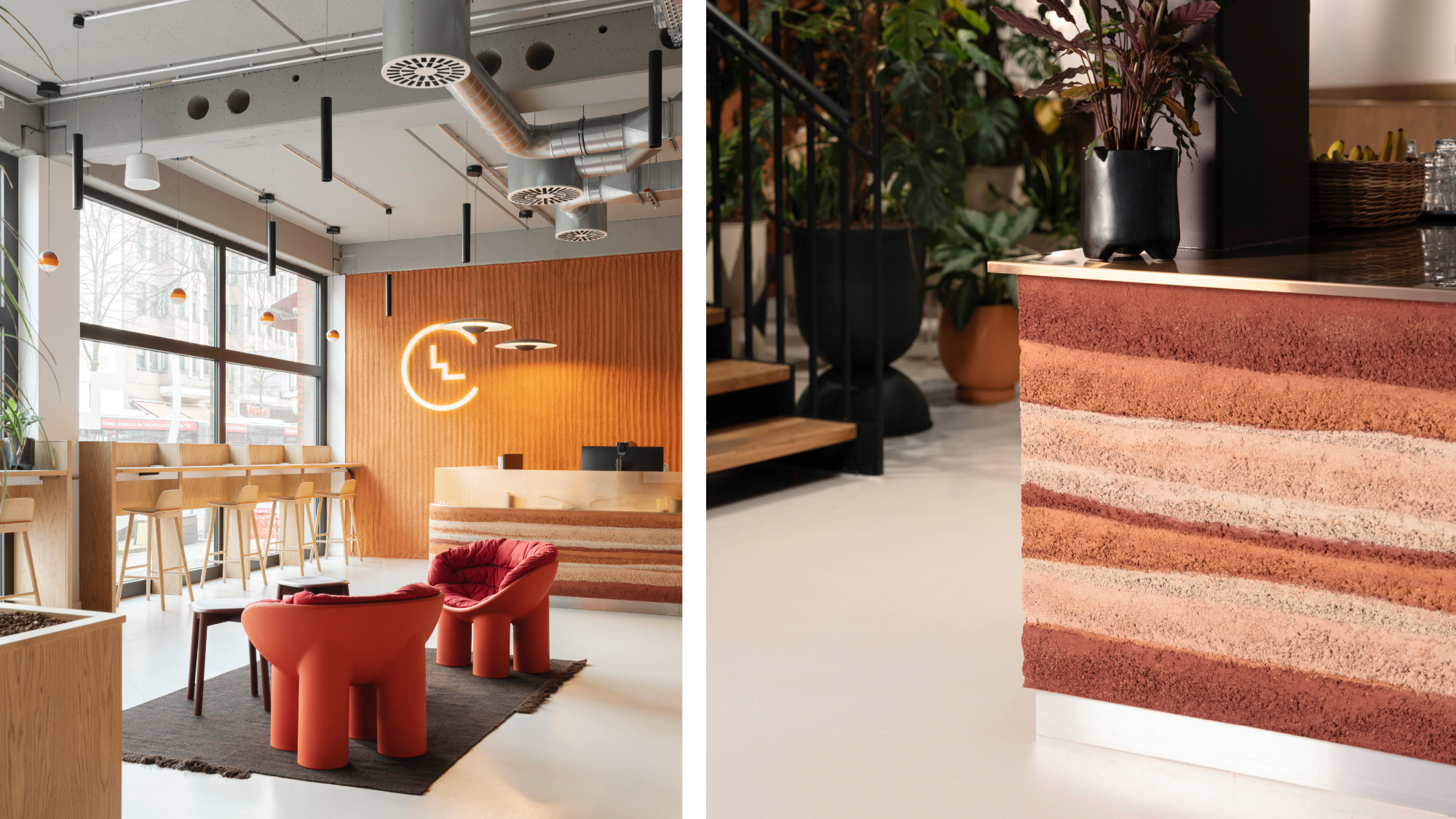 Step inside Clockwise Bremen, a new co-working space in Germany that ripples with geological nods
Step inside Clockwise Bremen, a new co-working space in Germany that ripples with geological nodsClockwise Bremen, a new co-working space by London studio SODA in north-west Germany, is inspired by the region’s sand dunes
-
 Join our world tour of contemporary homes across five continents
Join our world tour of contemporary homes across five continentsWe take a world tour of contemporary homes, exploring case studies of how we live; we make five stops across five continents
-
 A weird and wonderful timber dwelling in Germany challenges the norm
A weird and wonderful timber dwelling in Germany challenges the normHaus Anton II by Manfred Lux and Antxon Cánovas is a radical timber dwelling in Germany, putting wood architecture and DIY construction at its heart
-
 A Munich villa blurs the lines between architecture, art and nature
A Munich villa blurs the lines between architecture, art and natureManuel Herz’s boundary-dissolving Munich villa blurs the lines between architecture, art and nature while challenging its very typology
-
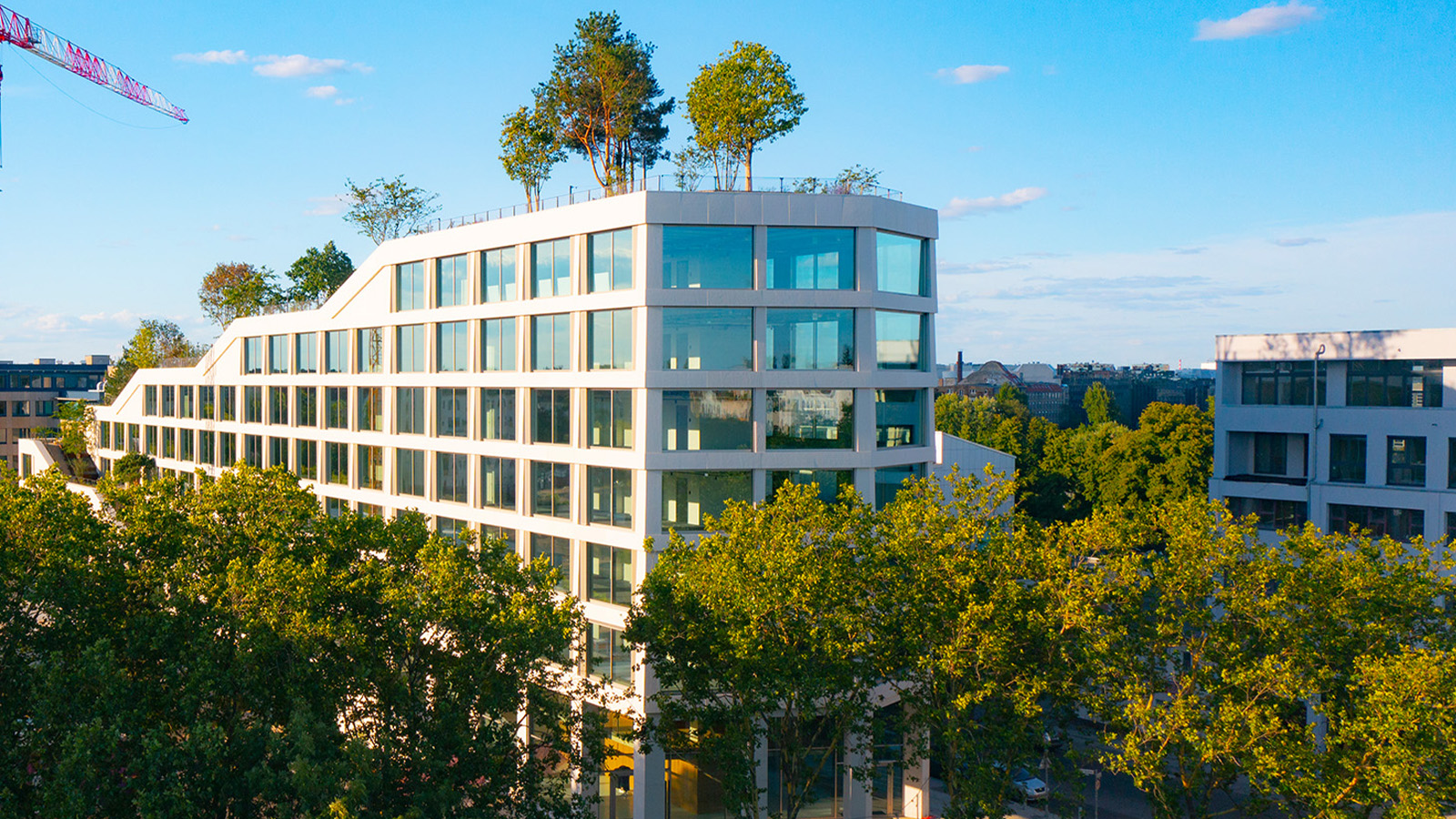 A Berlin park atop an office building offers a new model of urban landscaping
A Berlin park atop an office building offers a new model of urban landscapingA Berlin park and office space by Grüntuch Ernst Architeken and landscape architects capattistaubach offer a symbiotic relationship between urban design and green living materials